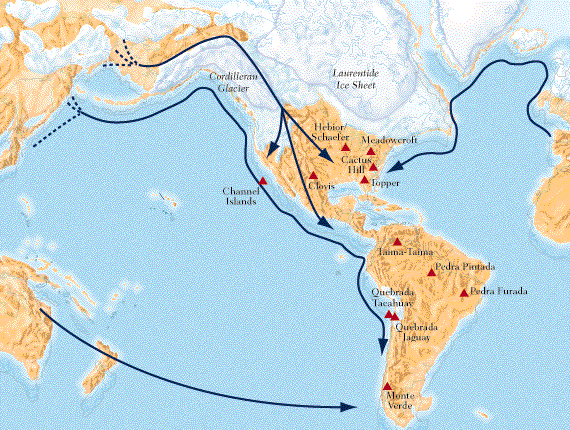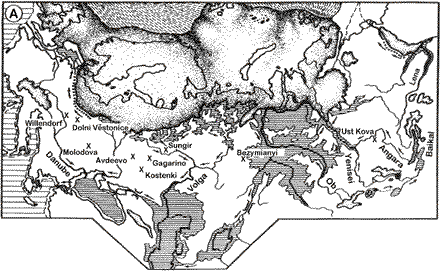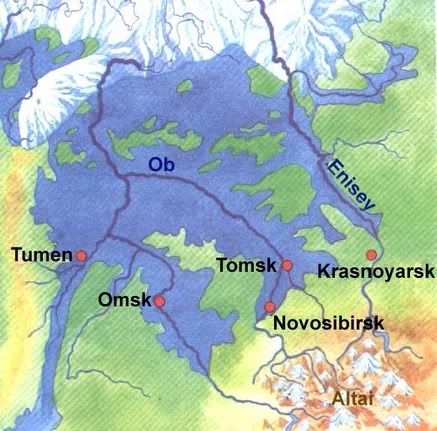Hi Cogs, Digit -
"Ales Hrdlcka of the Smithsonian would not allow any discussion of entry other than by Siberia to Alaska no more than 3-6,000 years ago, then came the Clovis First crowd who pushed entry back to 13kya. The current paradigm for entry is now 18-20kya, but sites keep cropping up that are far older." That is pretty much it: Hrdlcka imposed his view, and did so for years.
Sea Turtles are the migrating animal.
Let me clear up the southern Atlantic crossing:
http://www.conserveturtles.org/images/s ... tracks.gif
Unlike most fishermen, sea turtle hunters tended to fish as a family unit.
As near as I can make out now, B mt DNA came across early along the Pacific coastal route, while A mt DNA came across the same route much later on, the A Algonquin along the coast, the A Sioux hunting inland.
My current guess is that D mt DNA was a direct South Pacific crossing, while C came over Beringia sometime around 50,000-40,000 BCE.
As far as the use of the term "Red Paint" goes, it all depends on where you are at, since it has regional definitions. Here in Illinois, "Adena" was called "Hopewell" for many years, and definitions of late Paleo and Early Woodland currently depend on state boundaries.
As far the spread of the Andaste, their arrival further south along the Atlantic coast is marked by the appearance of Dalton Maritime Archaic points, not to be confused at all with the mid-continent Dalton points.
It is stunning to me how poorly known early colonial ethnology is. "Susquehannock" was Captain Smith's Algonquin guides' word for the river at whose mouth the Andaste were living.
Thanks for the additional info on the Black Sea flooding. The Eurasian glaciers melted at the Pleistocene-Holocene transition, and the water went somewhere.
The water route from Lake Baikal to the Black Sea is very interesting.


